

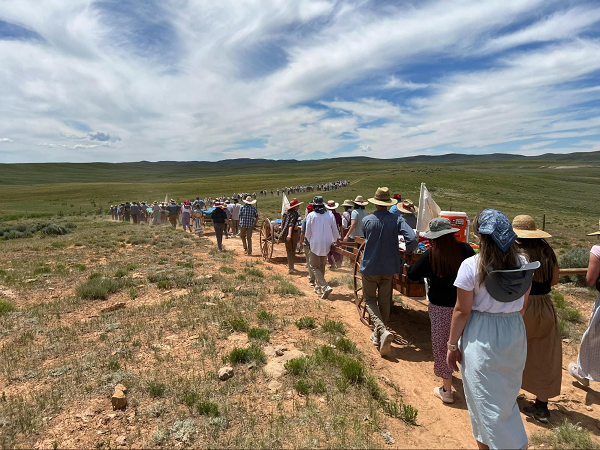
From Come, Follow Me:
What did Alma do about what he saw and felt? He didn’t simply become discouraged or cynical about the state of the world. Instead, “he caused that his sons should be gathered together” and taught them “things pertaining unto righteousness” (Alma 35:16). He taught them that “there is no other way or means whereby man can be saved, only in and through Christ. … Behold, he is the word of truth and righteousness” (Alma 38:9).
In Alma 37:1–2, Alma instructs his son, Helaman, to "take the records" and "keep a record of this people" on the plates of Nephi. Alma also tells Helaman to keep the records sacred, as he has, for a wise purpose. The records include the holy scriptures and the genealogy of their ancestors, and should be handed down from one generation to another. Alma reminds Helaman that the scriptures have already brought thousands of Lamanites to the Lord, and he prophesies that the Lord has other great purposes for the records in the future.
"Today, the records of the Church are organized, managed, and preserved according to the highest standards. The records are created in local Church units and then stored in the Church History Library in Salt Lake City or in one of the Church's more than two dozen record preservation centers all around the world. These special facilities are designed to preserve and protect records against loss, theft, fire, earthquakes, and extreme climate conditions. Some of the records are created on paper, but most now begin as digital files or information stored in electronic databases." (The Sacred Duty of Record Keeping)
We have been asked to keep and preserve records of and for our own families.

"That which I do not in some way record will be lost at my death, and that which I do not pass on to my posterity, they will never have. The work of gathering and sharing eternal family keepsakes is a personal responsibility. It cannot be passed off or given to another ... Family history and temple work are the eternal family keepsakes that build bridges. They build bridges between the generations of our families, bridges to activity in the Church, and bridges to the temple." "Bridges and Eternal Keepsakes, Dennis B. Neuenschwander

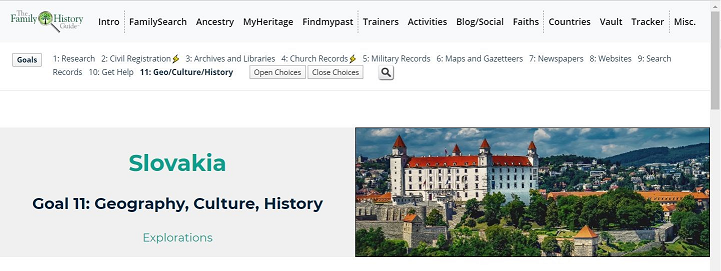
Gather and scan important records such as vital and religious records, and legal documents. List missing records and get replacements. (See Gather Family Information)
Gather records, documents, and photos of your ancestors and the stories behind them, making note of the date, place, event by writing or audio recording.
Working together as family members can be fun, even though it may take longer as you reminisce. Turn on some music, bring out the boxes, and get on with the exciting task of preservation! Here are some helps:
I can be born of God.
From Come, Follow Me:
As you read Alma 36, think about what it means to be born of God.

As we choose to follow our Savior, we choose to be changed--to be spiritually reborn.
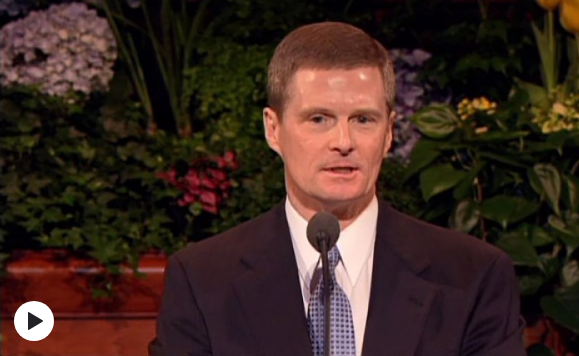
You may want to consider creating a collection of the stories of the first converts in your family lines - those who were “spiritually reborn” as they found and embraced the gospel of Jesus Christ. Find family history stories using the suggestions in 10 Ways To Discover, Gather, and Share Ancestor Stories. If you don't have stories from the lives of your ancestors available, you could learn from conversion stories and other stories from the lives of our church leaders. Read more here.
Upload stories to memories on FamilySearch and attach them to your tree. Find instructions in this FamilySearch article. The Family History Guide gives step-by-step instructions for preserving your photos and stories in Project 2: Memories.
See ideas for illustrating these stories in this blog post: A Miracle In Denmark. Have fun discovering, illustrating, and sharing your own family history stories, including the conversion stories and other miracles in your family! Let these stories influence your own conversion journey.

Click to enlarge
Stories illustrated by anyone, of any skill level, can be copied for gift-giving, shared for bedtime stories, or used as coloring books. These stories can help us all make connections to those who have gone on before. One young man even gave drawing lessons to improve the skills of his cousins who were the illustrators, to help create ties to their ancestors.

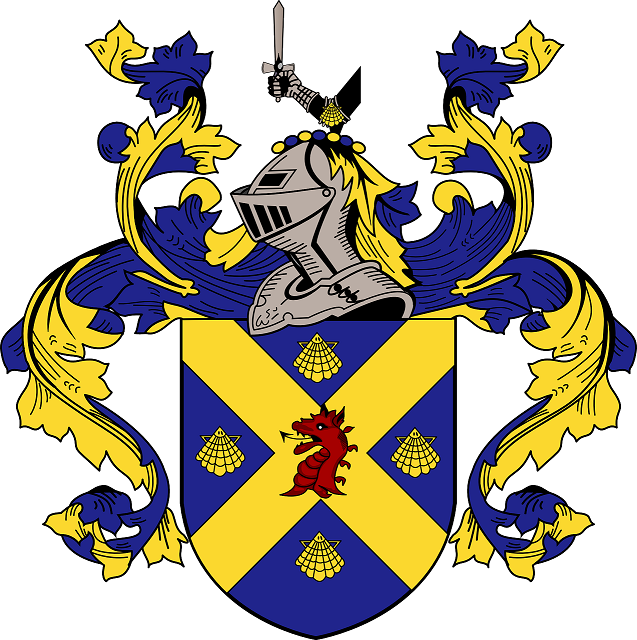
Watch President and Sister Nelson's RootsTech 2017 presentation (story at 2:13) in which Sister Nelson describes the experience of creating a storybook illustrated by her great nieces and nephews, ages 3-18, about their 4th great grandmother, Sarah Elizabeth. Have fun discovering, illustrating, and sharing your own family history stories, including the conversion stories and the miracles in your family!
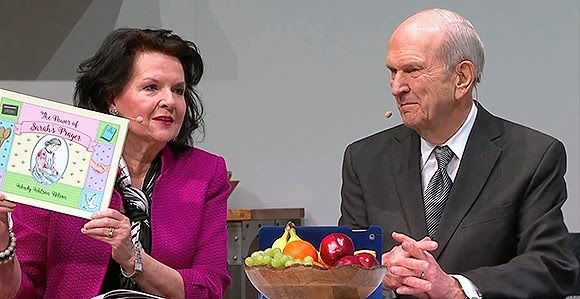

"Saints can be happy under every circumstance ... When the focus of our lives is on God's plan of salvation … and Jesus Christ and His gospel, we can feel joy regardless of what is happening—or not happening—in our lives. Joy comes from and because of Him. He is the source of all joy.” President Russell M. Nelson, Joy and Spiritual Survival
You can learn about the lives and faith of those who have gone on before you to give you hope and even joy even in the midst of difficult circumstances.
Church members have a shared heritage of all pioneers who forged and followed the trail to Zion.
William Clayton
Concerned about his wife Diantha, who had remained in Nauvoo because she was expecting her first child, William Clayton, a musician in the first pioneer company to enter the Salt Lake Valley, wrote the words to "Come, Come, Ye Saints" after finally receiving news of the birth of his healthy baby boy on April 15, 1846. Although his wife was suffering from illness, he wrote soon afterwards: "This morning I composed a new song—'All Is Well.' I feel to thank my heavenly father for my boy and pray that he will spare and preserve his life and that of his mother and so order it so that we may soon meet again." William Clayton first wrote the hymn 103 miles from Nauvoo at Locust Creek on the plains of Iowa. This hymn has inspired both members of our church and non-members since it was written.
Read more about William Clayton and "Come, Come Ye Saints:"
Find and share stories:

Writing a letter of gratitude to an ancestor, living relative, or to an early saint. See suggestions for preserving.
Read about a pioneer trail reenactment in Week 32, 2022.

See The Pioneer Database and Relatives Who Were Pioneers.
